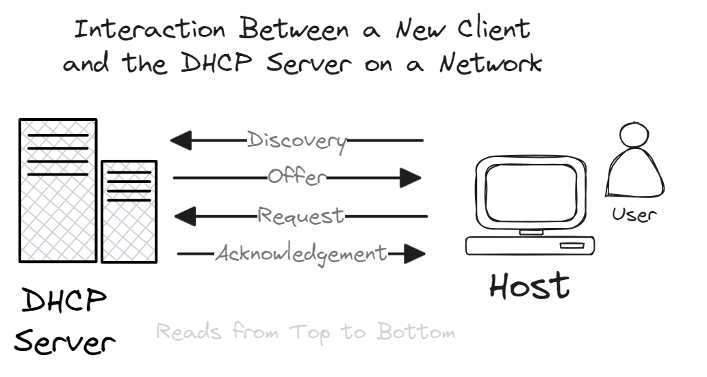Last Updated December 11th, 2023
Getting your computer network set up quickly might be easier than you think. These complex communication systems are, for the most part, programmed to set up themselves.
Scenario: You just moved in to your new apartment and the internet technician said it's "Good to go!" and walks out of the door. You try to catch him for help but it's too late. Now you are staring at the blinking box in your closet, wondering how soon you can get to watching your favorite stream...
In a basic home or business network, you will require a modem and a router. The modem provides your network with internet access and the router helps to deliver packets to their proper destinations. Many times, the modems that are supplied by your Internet Service Provider (ISP) are combination modem/routers, so you don’t have to worry about getting a separate router as well. Other times you will have to supply your own router to connect to the modem for internet connectivity.
The easiest way to configure your network is to use Dynamic Host Configuration Protocol, or DHCP for short. In DHCP, the router will automatically assign IP addresses to devices that are connected to its network. A model of how DHCP works is shown below:

For instance, in our computer lab, our router has an assigned IP address of 192.168.0.1, this is known as the gateway address because it is the gateway to other parts of both the internal and networks. Our test device, smart-phone-1, is assigned the IP address 192.168.0.2. The next device added, laptop-1, also receives an IP address of 192.168.0.3. The IP addresses assigned will continue until the addressable range is assigned, up until 192.168.0.254.
Hopefully, this helped you get a better understanding of basic network configuration and how to set up devices on your network . To learn more, check out some of the other articles on our site.
Thanks for reading, and if you are having trouble setting up your network, you can easily schedule a consultation with one of our experts!